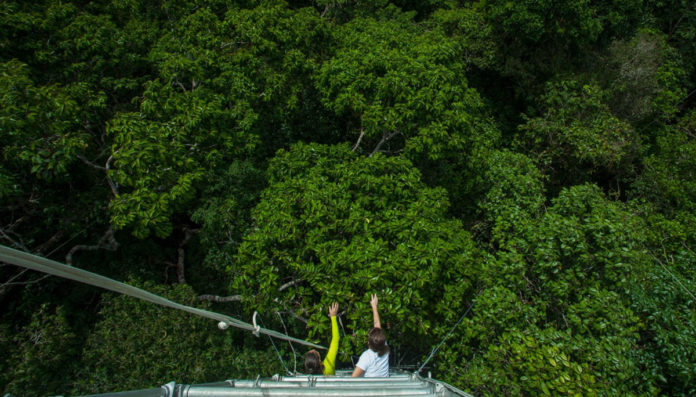Agriculture, forestry, and different kinds of land use represent 23% of human-caused greenhouse gas emissions, yet simultaneously natural land procedures ingest what might be compared to right around a third of carbon dioxide emissions from fossil fuels and industry, as per the International Panel on Climate Change.
Scientists have issued the first-ever comprehensive report on land and climate interactions earlier this month. To what extent will the Amazon rainforest continue to act as an effective carbon sink?
An international team of scientists, including climate scientists from the Department of Energy’s Lawrence Berkeley National Laboratory (Berkeley Lab) explored this question and discovered that accounting for phosphorus-insufficient soils diminished anticipated carbon dioxide take-up almost by 50% in the Amazon, contrasted with current evaluations dependent on past climate models that did not take into account phosphorus deficiency.
The Amazon Basin is critical to help mitigate climate change because of its trees absorbing around a fourth of the CO2 released each year from the copying of non-renewable fossil fuels.
Berkeley Lab research scientist and study co-author Jennifer Holm said, “Most predictions of the Amazon rainforest’s ability to resist climate change are based on models that have outdated assumptions; one of those is that a sufficient supply of nutrients such as phosphorus exists in soils to enable trees to take in additional CO2 as global emissions increase.”
“But in reality, the ecosystem is millions of years old, highly weathered, and therefore depleted of phosphorus in many parts of the Amazon.”
Specialists associated with the AmazonFACE project observed tree growth and leaf development aboveground, and tracked root growth and movement inside soils subterranean at an examination site north of Manaus, Brazil where surrounding CO2 concentration is intended to be artificially raised to empower a practical examination of how future CO2 concentrations will influence the environment.
Holm said, “Our improved models now take into account these complexities, and could serve to help paint a more realistic portrayal of how the Amazon, and the tropics in general, will be impacted by climate change and the ability of trees to remove greenhouse gases from the atmosphere.”
The lead author of the study was Katrin Fleischer of the Technical University of Munich (their release here). Holm was supported by DOE’s Next-Generation Ecosystem Experiments (NGEE)-Tropics, and Berkeley Lab co-author Qing Zhu was supported by DOE’s Energy Exascale Earth System Model (E3SM) project.
The paper was published on August 5 in the journal Nature Geoscience.
